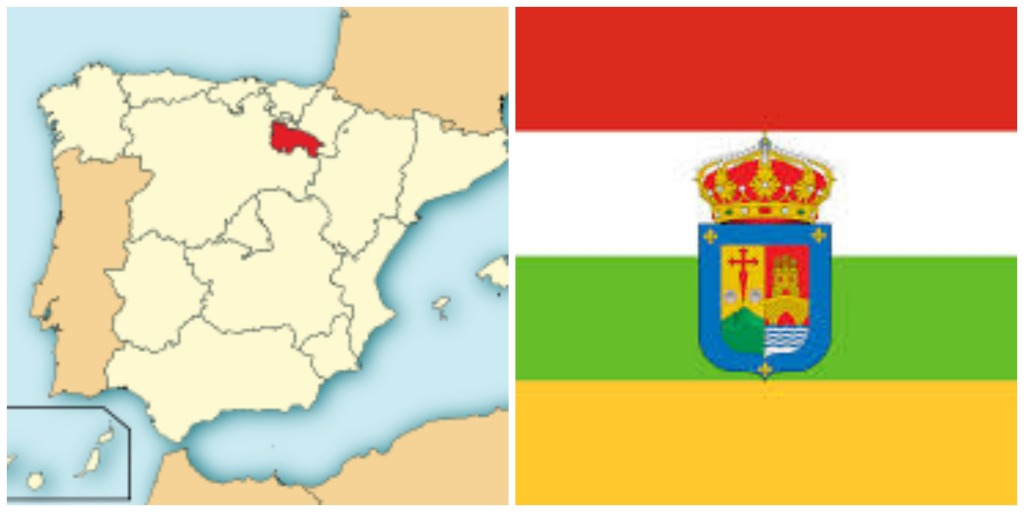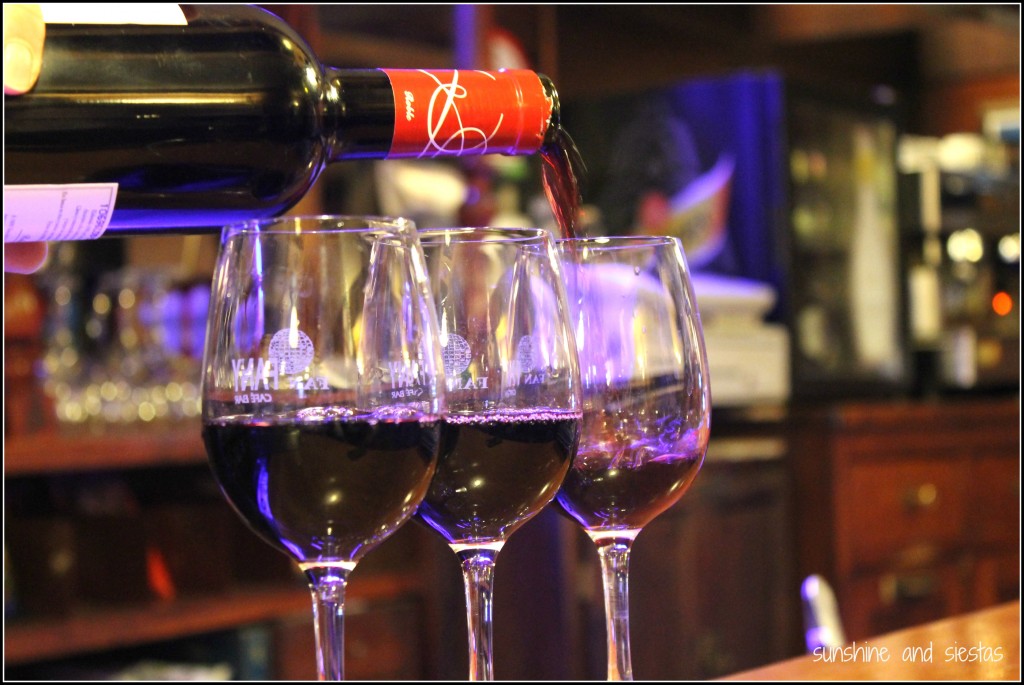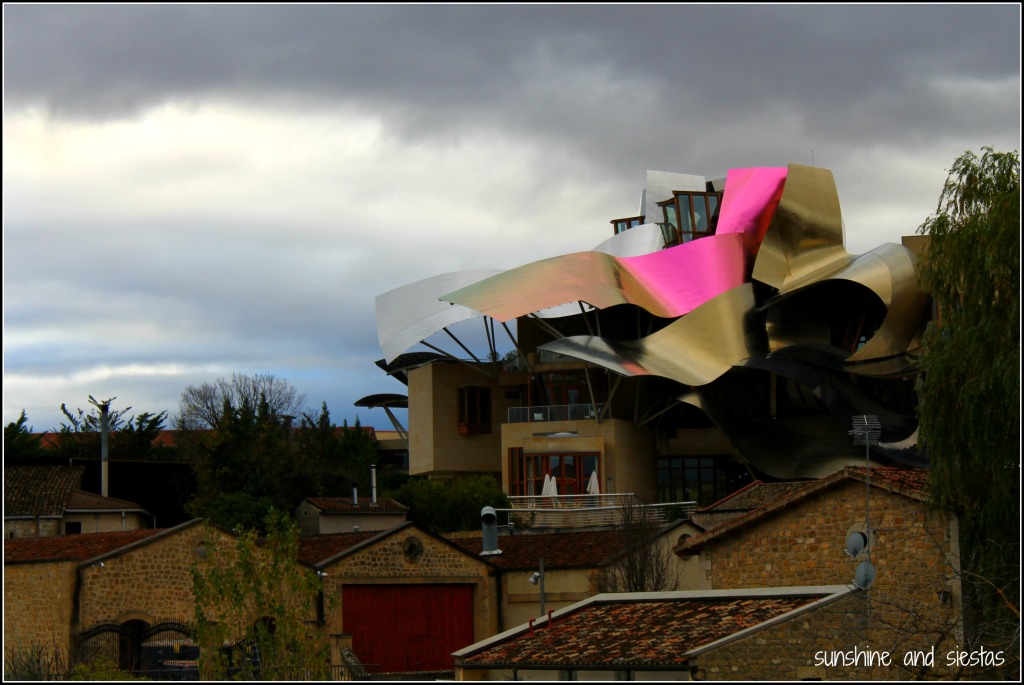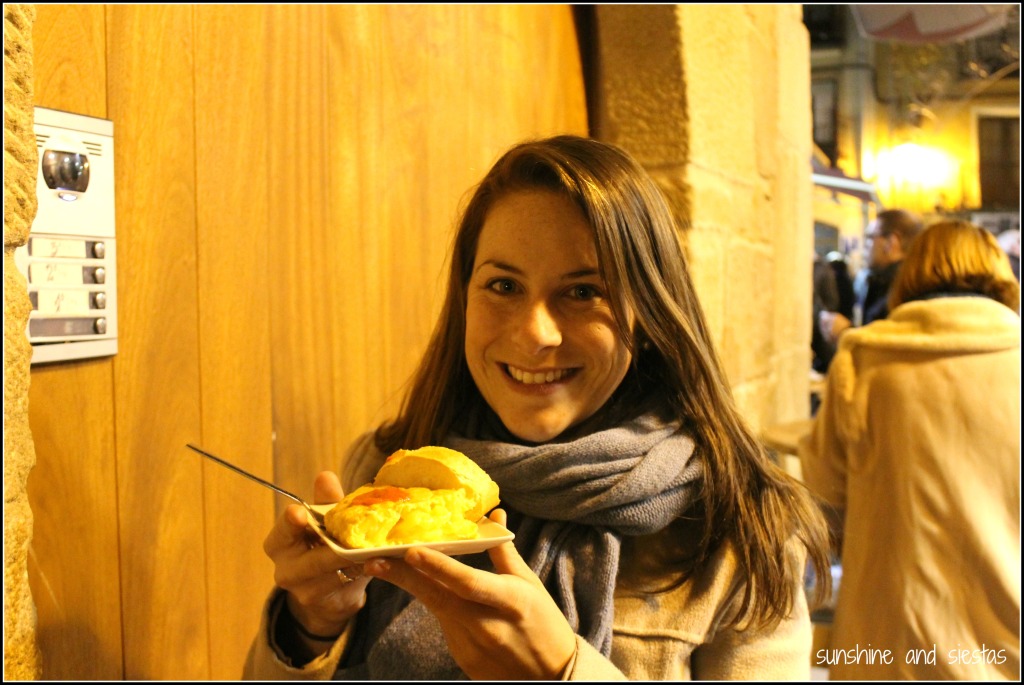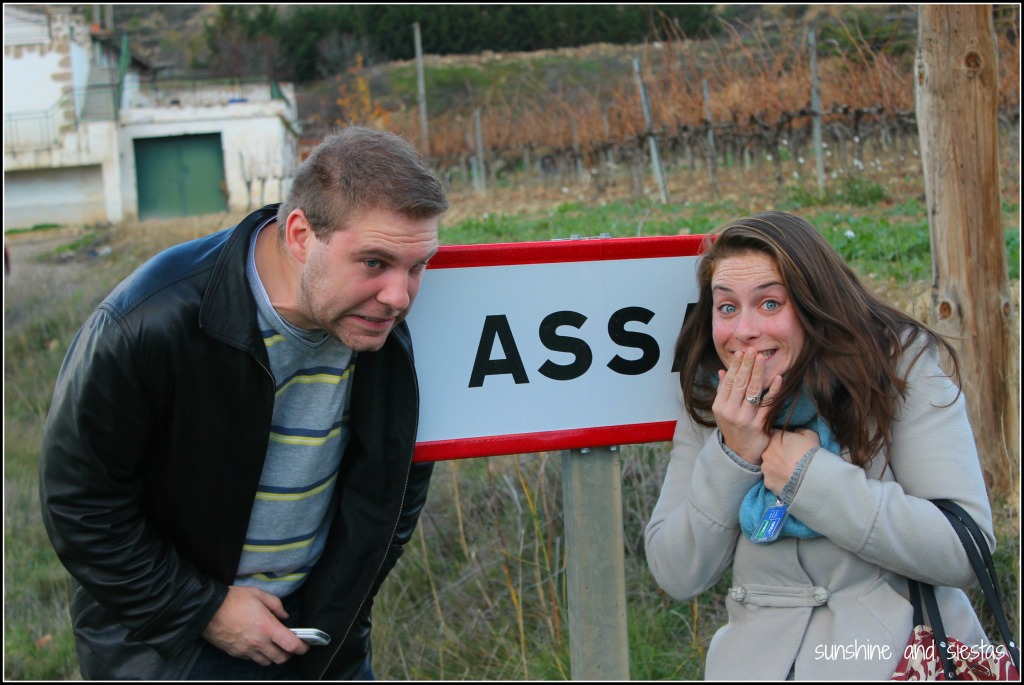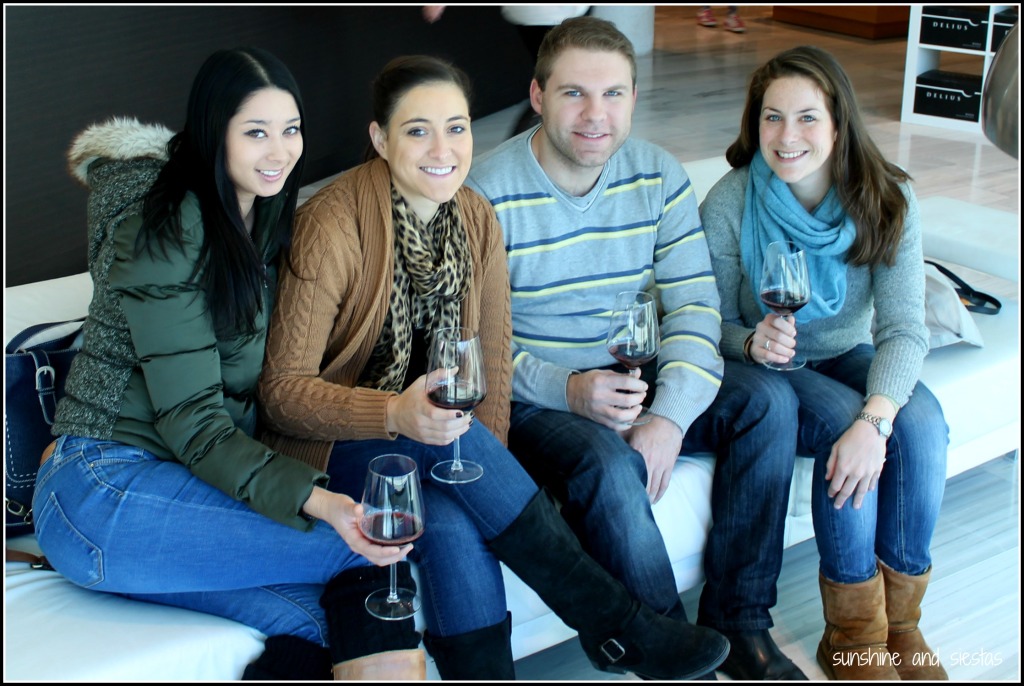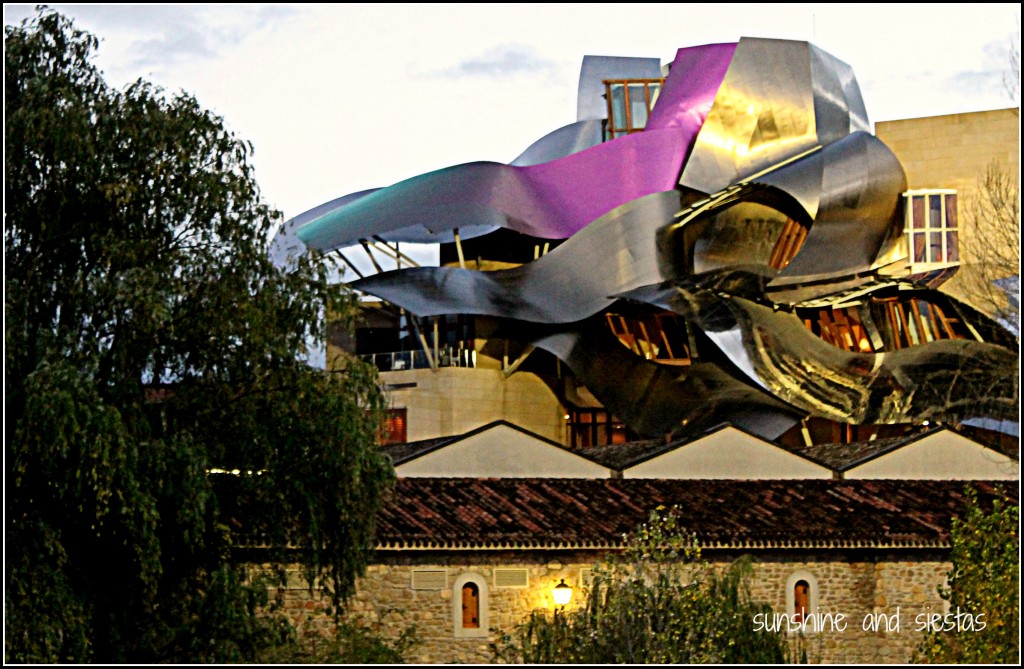Not one to make travel goals, I did make one when coming to Spain: visit all 17 autonomous communities at least once before going home. While Madrid, Barcelona and Seville are the stars of the tourist dollar show (and my hard-earned euros, let’s not kid around here), I am a champion for Spain’s little-known towns and regions. Having a global view of this country has come through living in Andalucía, working in Galicia and studying in Castilla y León, plus extensive travel throughout Spain.
 I would have been totally clueless about La Rioja unless it was for a Spain-born love of red wine and Liz Carlson’s Young Adventuress blog. And without knowing it, I may have saved some of the best of Spain for last.
I would have been totally clueless about La Rioja unless it was for a Spain-born love of red wine and Liz Carlson’s Young Adventuress blog. And without knowing it, I may have saved some of the best of Spain for last.
Name: La Rioja
Population: 322,000
Provinces: Just one, with the administrative capital located in Logroño.
When: 17th of 17, December 2012
About La Rioja: Despite having the smallest population in all of Spain, this region packs a lot of punch worldwide because of its wine. Reds, whites and rosés – many of which are celebrated – are manufactured from grapes grown in the vineyards that spain La Rioja and the southern end of the Álava province in País Vasco.
This area was once part of the Roman kingdom of Hispania Tarraconensis, based in modern-day Tarragona. Given its positions between kingdom kingpins like Aragón and León, the area was hotly disputed by even smaller dukedoms, but the Moorish Invasion of 711 meant that La Rioja was soon grouped into the Al-Andalus kingdom.
After Sancho the Wise swooped in during the early 9th Century of the Reconquista, he claimed the land for the Kingdom of León. After a bitter feud against the Kings of Pamplona-Navarra, La Rioja was given independence as the Kingdom of Viguera before being swallowed up by Pamplona once more.
The region continued to be jockeyed between Pamplona, Aragón, and the soon-united Castilla y León as part of both Soria and Burgos before a new administrative district was formed in 1822 by the Regio reform.
La Rioja got its modern name in 1982 when the Spanish Constitution was passed into law and Autonomous Communities were given more self-governance. The province stands for more than just their cash cow, but for a place where wine is an integral part of the culture.
Oh, and dinosaur footprints have been found here, so toma.
Must-sees: It should come as no surprise that wine is the main attraction in this tiny autonomía. More than 14,000 vineyards and 150 wineries fills the 75 square miles of the Denominación de Origen, whose lifeblood is the snaking Ebro River.
The earliest reference to wine in La Rioja is dated in the late 9th Century, and thanks to the continental Mediterranean climate and a series of peaks and valleys that protect the vineyards from the wind, several highly rated wines have been produced here. The most common grape varieties are tempranillo and garnacha, and the technique of aging wine in oak barrels for at least one year sets wines apart from other Spanish DOs.
You can visit a number of the wineries in La Rioja, particularly in the Álava province and outside of Logroño. We stuck to just a few – Bodegas Darien on the eastern edge of the city, Marqués de Riscal in Eltziego, Laguardia and its underground medieval aging caverns (as well as trippy Bodegas Ysisos) and romantic Haro.
Our wine tasting trips were pre-booked and included a guided tour and several tastings afterwards. There are a few bodegas within walking distance of town, as well.
Logroño has a definite small-city feel and served as an excellent home base. We skipped the old town’s few historic sites and instead focused our time on pinchos heaven: Calle Laurel (and its lesser-known counterpart, Calle San Juan). Pinchos are northern Spain’s answer to tapas: simply order a glass of wine and a single serving of food served atop bread, and within a few bars, you’ll be stumbling down the “Path of Elephants.”
If you can rent a car, get out of town: Haro and Laguardia are beautifully preserved towns, and a visit to the monasteries of Yuso and Suso means you can get your Spanish nerd on: the first written records of Castillian Spanish are housed here! Apart from that, Roman ruins are scattered around the province and each of the 174 villages seem to have their own flair.
I’m all for Spanish public transportation, but La Rioja is one place to rent a car (so long as you’re not imbibing!).
A fair number of towns in La Rioja – notably Logroño, Cenicero, Nájera and Santo Domingo de la Calzada – lie on the pilgrim route to Santiago, so expect to run into pilgrims and arrows
My take: Admittedly, my four-day trip to Rioja has a lot of speed bumps. Getting ticketed by cops! Having my cell phone robbed! SO MUCH SPILT WINE! But I loved our venture north, and my companions and I often talk about it being the last weekend hurrah before we got into the heavy adult stuff.
Apart from indulging on Calle Laurel and in little blips of wine towns, we had a chance to not focus on ticking off historical sites or racing to see museums before closing time.
I’ve got a preliminary plan to drive up to Madrid in May and pick up a friend so we can spend a long weekend in Logroño together. After all, eat, drink and be merry!
Have you ever been to La Rioja? What do you like (or not) about it?
Want more Spain? Andalucía | Aragón | Asturias | Islas Baleares | Islas Canarias | Cantabria | Castilla y León | Castilla-La Mancha | Cataluña | Extremadura | Galicia
